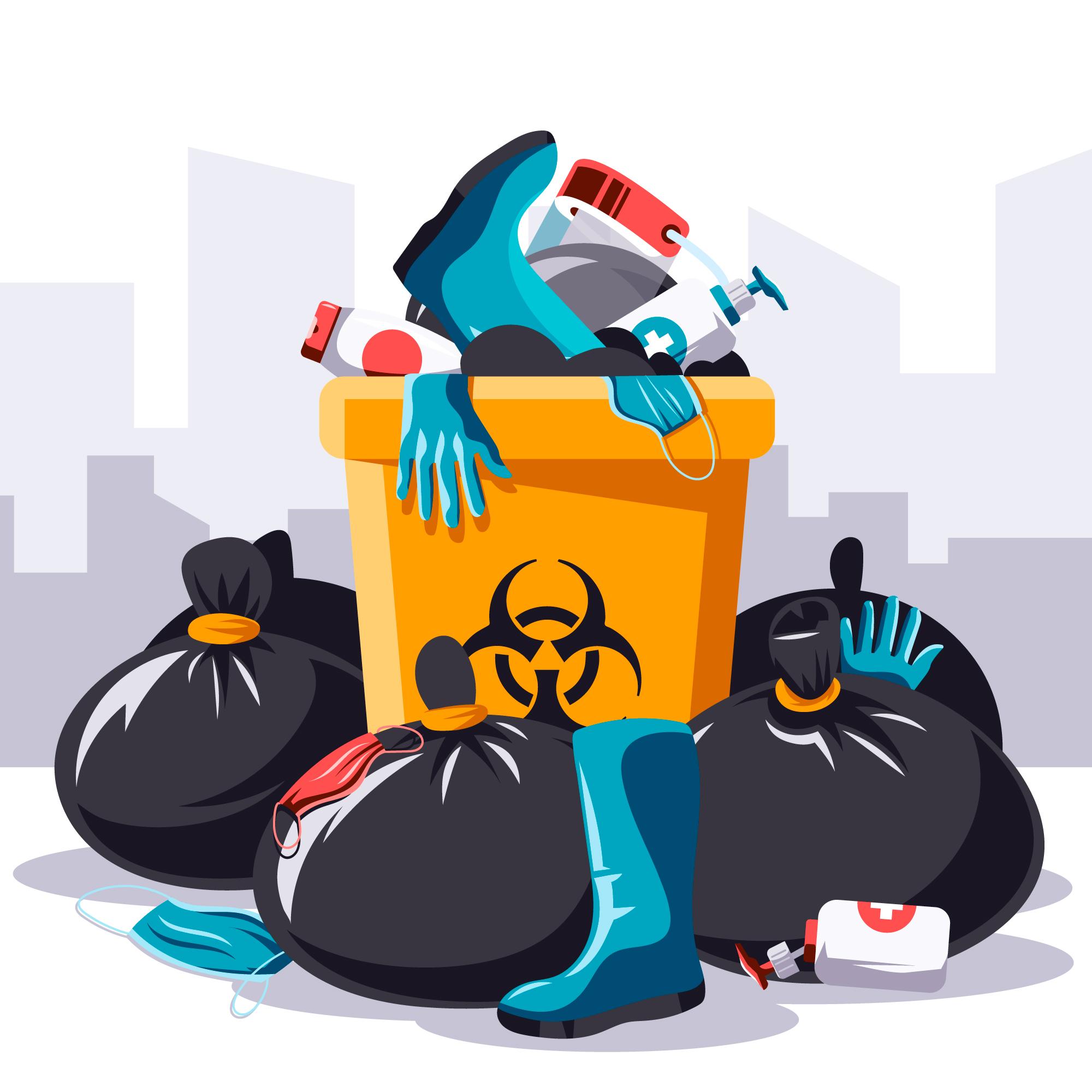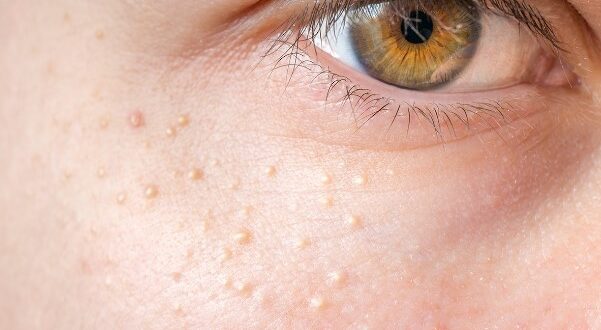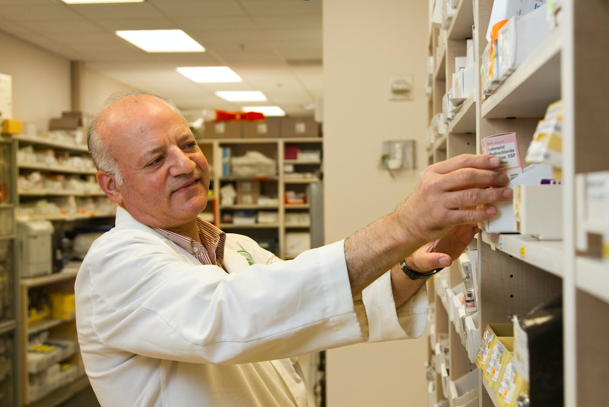In the bustling world of healthcare and biomedical research, safety reigns supreme. But amidst the pursuit of cures and breakthroughs lies a crucial, often overlooked aspect: biohazardous waste disposal. Mishandling these infectious materials can unleash a Pandora’s box of pathogens, jeopardizing the health of not just researchers and healthcare professionals, but the entire community. Understanding what constitutes biohazardous waste and how to dispose of it responsibly is therefore an essential skill for anyone working in these fields.
The Shadowy Threat: Understanding Biohazardous Waste
Biohazardous waste, also known as infectious waste, encompasses any solid or liquid material that could potentially harbor disease-causing agents. Think blood, tissue samples, discarded needles, and anything else that wouldn’t look out of place in a biohazard thriller. This menacing bunch falls under two main categories:
- Sharps: These silent ninjas of the waste world, like needles and blades, demand respect. They can pierce unsuspecting fingers and inject a world of trouble. Always store them in designated sharps containers, never the regular trash. Remember, tetanus is not on your research agenda.
- Non-Sharps: While less intimidating, these guys still pack a punch. Contaminated cultures, petri dishes, and paper towels soaked in biohazard goo all need special attention. Luckily, WasteX Biohazardous waste disposal offers a “Biohazardous Waste Disposal” service, complete with a free online training program to transform you into a waste disposal ninja.
Demystifying the Disposal Maze: Sorting and Storing Biohazardous Waste
Non-sharps, though diverse, can be further classified into two subcategories, each demanding its own disposal protocol:
- Dry Biohazardous Waste: These include gloves, swabs, and contaminated bench paper. Imagine them as the cardboard box-loving vampires of the waste world, craving a cozy red biohazard bag for their final slumber. Dispose of them frequently, just like a responsible neighbor dealing with compost.
- Liquid Biohazardous Waste: Blood, fluids, tissue homogenates – these messy villains prefer the Fort Knox of waste containers. Seal them tight, label them clearly, and treat them with the respect they deserve. A biohazard geyser in the lab is no one’s idea of a good time.
Beyond the Blood and Guts: Non-Infectious Medical Waste
Not all medical waste is about the gruesome stuff. Non-contaminated cultures, empty specimen containers, and even used bandages (minus the bloody bits) fall under this category. Think of them as the reformed villains, still slightly suspicious but ultimately harmless. They can go in regular trash bags, but always double-check your local regulations to avoid any surprises.
The Cleansing Ritual: Decontaminating Equipment
Those pipettes, microscopes, and centrifuge buckets that have seen the dark side of biohazardous materials? They need some cleaning love before rejoining the ranks of regular equipment. Decontamination, preferably by autoclaving, is the magic spell that transforms them back into good citizens.
Waste Disposal as Heroism: The Importance of Responsible Practices
Navigating the complex world of medical waste disposal can seem daunting, but with the right knowledge and a reliable partner like WasteX biohazardous waste disposal, you can become a waste-wielding hero. Remember, proper disposal isn’t just about protecting yourself and your colleagues, it’s about safeguarding the health and well-being of the entire community. So, the next time you’re surrounded by petri dishes, remember: a responsible waste disposal ninja always saves the day!




